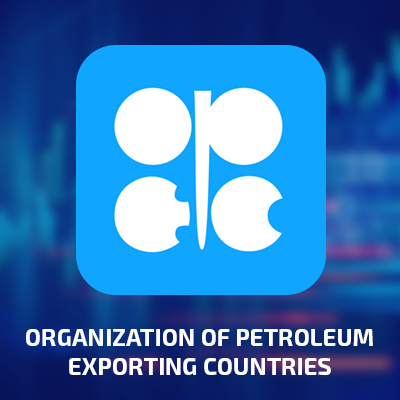
In the news, especially news related to oil, OPEC is regularly mentioned. We will talk about this organization, its history and goals.

In the news, especially news related to oil, OPEC is regularly mentioned. We will talk about this organization, its history and goals.
OPEC (Organization of Petroleum Exporting Countries) - a number of countries, oil developers and exporters, united to regulate oil production and control oil prices.
The history of OPEC began in 1960, when the largest oil producing countries decided to unite in a kind of conclave. The list of countries included in OPEC has been steadily expanding over the years. OPEC participants control almost half of the world's oil production and two-thirds of the development of all fields.
Key features and goals of OPEC:
OPEC members meet twice a year where there is a discussion and analysis of past market events and forecasts are made for the nearest future. Since countries have different raw materials and OPEC regulates the flow of oil products exported in such a way as to balance the availability of raw materials from all participating countries. It is important to note that all OPEC members are countries whose economy is heavily dependent on oil and whose state budgets are directly dependent on oil exports.
Key areas of OPEC policy:
OPEC consists of the following countries:
The Russian Federation remains an independent observer, although it takes part in OPEC discussions.
OPEC structure
Basket OPEC (OPEC Reference Basket) – a representation of a currency basket. The total weight of the basket is the equal weighted price of all grades of oil produced by OPEC member countries. As OPEC members change, the composition of the basket is dynamically transformed. The basket is used during the assessment of world oil reserves, commodity reserves of different countries, and an analysis of production technologies.
To date, the following countries and their oil varieties are included in the basket:
All OPEC members are equal in their status, despite their different involvement in the organization. This invariably creates problems for OPEC. Political conflicts, different raw materials, different living standards of the population - all these are problems that OPEC has to deal with.
Another major issue is disagreement within OPEC itself. The structure is a powerful economic and political force on the world stage, therefore its decisions are often perceived ambiguously, even among the participants themselves. This, in turn, affects the price volatility of the global oil market.
As an instrument of influence to balance the price, OPEC uses quotas for oil production. Quota data is never published in full, but the estimate when published can be calculated from current reports and final reports. When creating them, the following factors are used for each country:
OPEC is a key player in the global oil market. Its presence and influence on the global economy cannot be ignored.